There are two main reasons why we need to rethink campaign structures:
- Smart Bidding is getting better (here’s how to make Smart Bidding work for eCommerce), so we don’t need to do the same things we’ve always done.
- Complexity around bidding is getting to the point where, in many cases, manual bid management is no longer the best option (if you opt for manual bidding – here’s how to do it).
For you to enjoy this article, you need to be on board with the fact that Smart Bidding has become effective.
dI’m not saying that you have to love that it, or it doesn’t have its flaws.
I’m saying you need to accept it despite its shortcomings and find ways to work around it because there are cases in which it works exceptionally well. You can’t just apply it in a Wild West-style and walk away.
What Exactly Are We Rethinking?

The old-fashioned thinking of creating extreme segmentation to gain control over each element is becoming a tool you rarely take out of your toolbox.
Some of these are:
- Device segmentation
- Match-type segmentation
- RLSA segmentation
- Single Keyword Ad Groups (SKAGs) taken to the extreme
For people taking this to the extreme, it would result in a huge amount of campaigns:
Device segmentation:
- Campaign 1 [Desktop]
- Campaign 1 [Tablet]
- Campaign 1 [Mobile]
Match type segmentation
- Campaign 1 – Exact [Desktop]
- Campaign 1 – Exact [Tablet]
- Campaign 1 – Exact [Mobile]
- Campaign 1 – Broad [Desktop]
- Campaign 1 – Broad [Tablet]
- Campaign 1 – Broad [Mobile]
- Campaign 1 – Phrase [Desktop]
- Campaign 1 – Phrase [Tablet]
- Campaign 1 – Phrase [Mobile]
RLSA segmentation
- RLSA: Campaign 1 – Exact [Desktop]
- RLSA: Campaign 1 – Exact [Tablet]
- RLSA: Campaign 1 – Exact [Mobile]
- RLSA: Campaign 1 – Broad [Desktop]
- RLSA: Campaign 1 – Broad [Tablet]
- RLSA: Campaign 1 – Broad [Mobile]
- RLSA: Campaign 1 – Phrase [Desktop]
- RLSA: Campaign 1 – Phrase [Tablet]
- RLSA: Campaign 1 – Phrase [Mobile]
… and one we went. That’s 21 campaigns for every single campaign you would otherwise create.
Overkill much?
There is still a case to be made for every single use case of these tools. I’m not saying you should never use them. You just shouldn’t be using them as a default.
This is similar to earlier in the year when we had a discussion internally about why so many team members ran manual bidding in accounts that otherwise looked good for Smart Bidding. It turned out that they had just defaulted to doing it that way.
So, we flipped it around. Now we go directly to Smart Bidding as a default – and if we don’t run Smart Bidding, we need to have a good reason. This saves us a good chunk of time.
Why Did We Have Extreme Segmentation In The First Place?
Extreme segmentation was implemented as a way to gain better control.
Bid adjustments have never been super effective. Increasing or decreasing bids with percentages was never that accurate.
So, the larger your market was (i.e., the U.S.), the more waste you had with inaccurate bid adjustments.
Let’s take a simple example:
A keyword with relative simple stats:

With a ROAS goal of 400%, then it’s easy to see we should increase the bid, right?
Now let’s take bid adjustments into account:

What to do now?
We calculate a bid adjustment for mobile, and one for desktop. Easy.
But what if you also changed the bid on the keyword itself?
And what about all the other levels you start adding adjustments for:
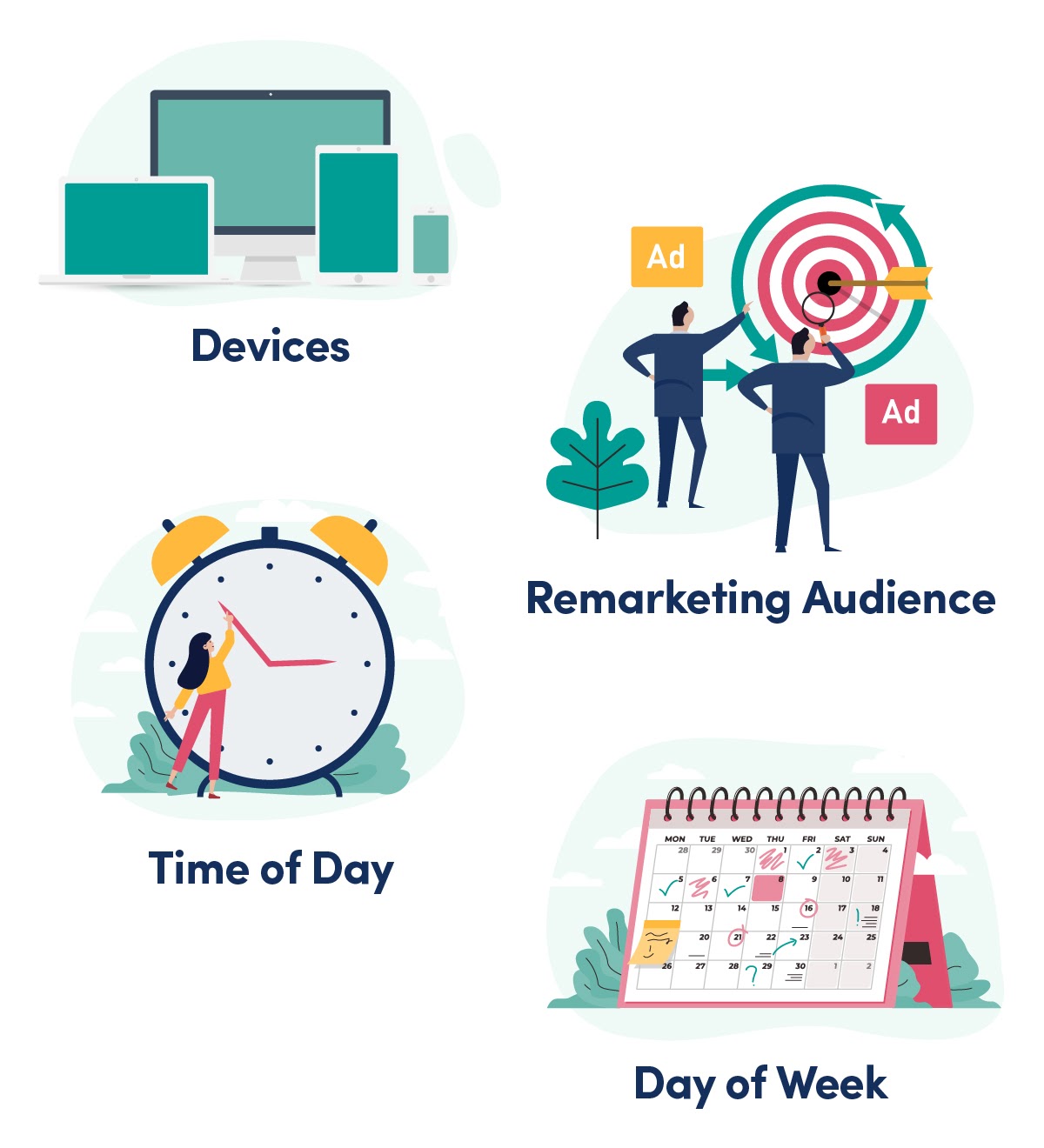
With just three audiences, it became impossible to keep track of what the actual bid was.
That’s why running individual campaigns on a device level made sense – or running a campaign solely for your remarketing audience.
However, as Smart Bidding has gotten better, it has taken over running bids for plenty of these factors.
Is it perfect all the time in every scenario? No.
But neither are you, so let’s stop hounding Smart Bidding for making individual mistakes in specific scenarios. Learn when it does a good job, and correct it when it’s not working so well.
The Case for Simplifying
Overcomplicating your account structure limits your other efforts:
- Ad writing
- Performance analysis
- General optimization
Aggregating data on fewer keywords that are quite similar and perform similarly allows you to obtain more data.
And YES, sometimes you get weird results, such as plural performs much better than singular. But it is extremely rare for this to be an issue across hundreds or thousands of keywords. Often, it is related to a few primary keywords.
Of course, it all depends. If you have only 10 products, you can go in a really insane level of detail.
But if you have 10,000?
Or 100,000?
Then, that’s complex enough as it is. Any extra layer of complexity will exponentially make your account more difficult to manage.
Are SKAGs Dead?
Yes, in the traditional sense. But I have never been a big believer in the exact meaning of SKAGs. I believe you should theme your ad groups, and make sure the keyword matches your ad.
But we shouldn’t be anal about it. Cheap monitors can easily:
- Have the same ad
- Go to the same landing page
And that should really be the two main factors to review when creating your ad group/campaign structure.
New Campaign/Account Structures People Talk About
Broad Match Keywords & Smart Bidding
The premise is simple:
If you run all your keywords in broad match, and because Smart Bidding sets its bids on the Search Term level, there is no need to add long-tail keywords or separate match types.
I really liked the idea of this campaign structure. It makes sense.
- Create keyword lists in pure broad match.
- Broad match keywords are triggered on similar searches relevant to the ad and landing page.
- Smart Bidding decreases bids for search terms with low performance.
There was no need to add all the different keywords because Smart Bidding got it.
The problem we experienced had to do with the part in which Broad Match is triggered on seemingly similar searches.
That’s just so far from being the case in our experience.
Especially in English, Spanish and German, we see insane examples of what we call keyword expansion, which occurs when a keyword is expanded to another.
For instance, when the broad match keyword adds Nike running shoes to the search Under Armour running shoes because that’s “technically the same thing.”
Wrong Landing Pages
This was probably the biggest issue. Broad match keywords would have triggered search terms that should be triggered in other ad groups where they fit better.
It resulted in:
- Poor CTR due to low keyword-to-ad relevance
- Poor conversion rate due to low landing page relevance
As you can probably tell, both revenue and ROAS were hurt when we ran these experiments.
Dynamic Search Ads provided a much better way to ensure your e-commerce store was getting maximum exposure.
Is It Smart for Smart Bidding to Be Your Negative Keywords?
The pitch is that even though Smart Bidding might expand your keywords to irrelevant search terms, it will also assess each search term’s performance and bid down for them if performance isn’t adequate.
The problem with this – like many things in the article highlights – is that it is yet another thing that is reactionary.
I can tell that the search for how to grow plants is not going to sell a lot of plant-themed posters.
However, with the setup above, you will wait until Google has enough data to determine that it’s not profitable and stop it.
That’s wasteful, in my opinion.
Broad Match Keywords, Responsive Search Ads & Smart Bidding
This is similar to the version before, but we added the complexity of ads & URLs to everything.
What we hope to achieve is that Smart Bidding will notice certain combinations of assets (headlines and descriptions in individual RSAs), landing pages, and keywords convert better than others.
I call this the “throw pasta on the wall and see what sticks” method.
The problem is that this is a very expensive way to get things done.
Let’s take the following example:
Why should we wait until the data comes in to say that it’s probably not a good idea to run dress shirt ads for V-neck T-shirt searches.
Andrew, your example is nitpicky!
Okay, let’s try a more specific example:
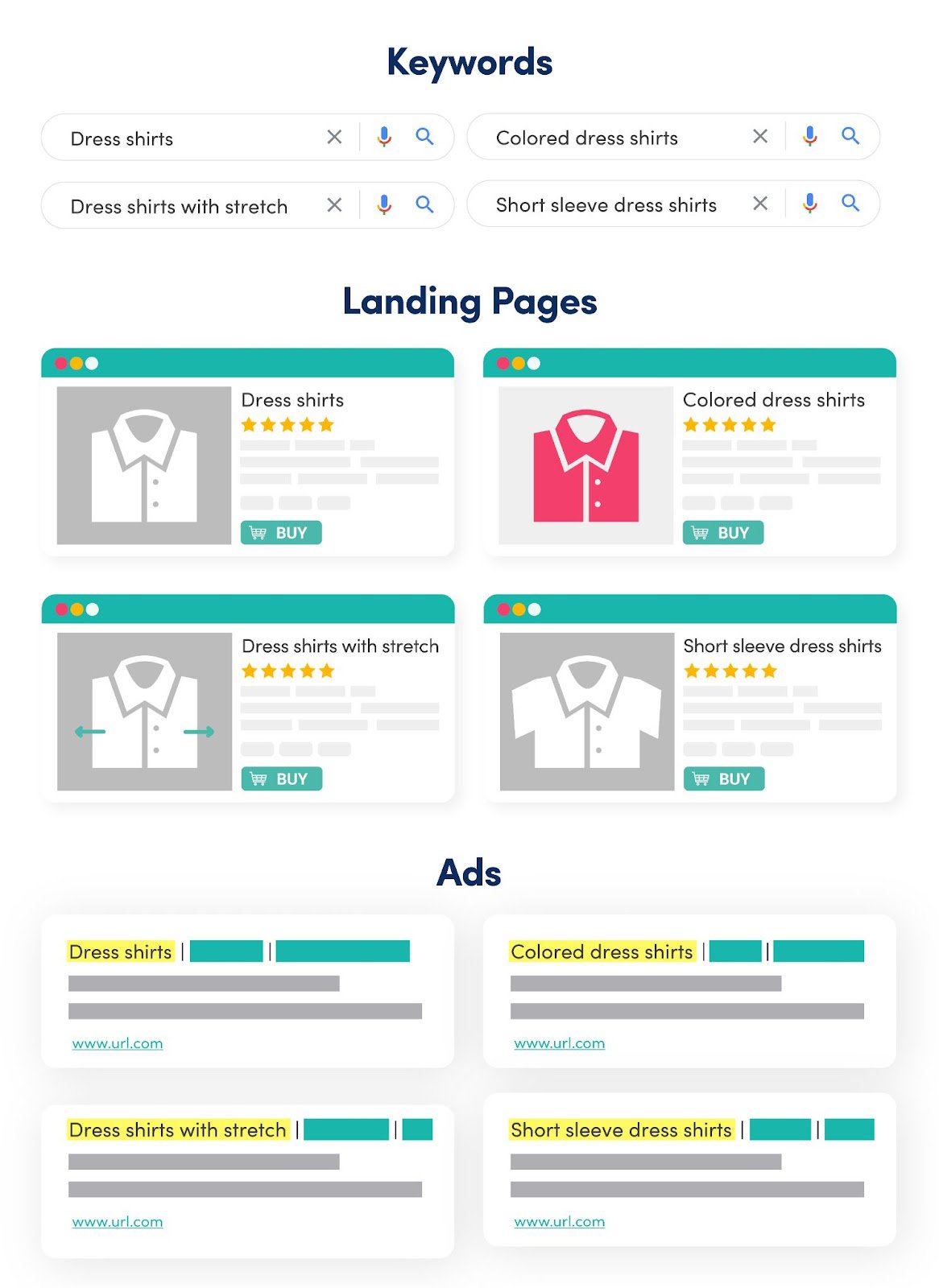
Again, someone decided to google short-sleeve dress shirts. Why should we send them to the overall dress shirt ad and landing page?
Because it might perform better?
I love the idea, but for most accounts serving users with a landing page that includes the category they searched, it will be the best converting landing page.
There are plenty of exceptions, which is why we promote a ton of ad (and landing page) testing. I’m not saying you’re not supposed to test any of these things yourself or try to run the experiment.
My problem with the campaign structure is that you need to wait for Google to determine which combination is the right one.
Across thousands of ad groups, this is really expensive.
It might work well once it’s all been dialed in, but my guess is that we could eliminate some choices before we even add them to the campaigns.
Combine Campaigns to Give Smart Bidding Data
The thesis: The more you split your campaigns, the less data Smart Bidding has. So, you should aggregate your campaigns as much as possible.
I have a few fundamental issues with this:
- The idea that Smart Bidding uses data from across the account to form its bidding decisions is ruined.
- Even if Smart Bidding didn’t do this, isn’t it exactly what portfolios are for?
So, no, I don’t think it makes any sense to combine campaigns solely for the sake of giving Smart Bidding more data.
Now, there are plenty of reasons you would like to reduce the number of campaigns:
- Ad extensions are easier to apply.
- Campaign-level settings only need to be set once.
- Changing ads across similar ad groups is easier when they are gathered in one campaign.
Etcetera. Etcetera. Etcetera.
Single Landing Page Ad Groups (SLAGs)
- Main component: URL
- Ads: Focused on the URL
- Keywords: Anything that fits that URL
What I really like about this setup is that you should be able to create fewer ad groups, which enables you to write better ads that are less “technical.”
Example of a campaign structure
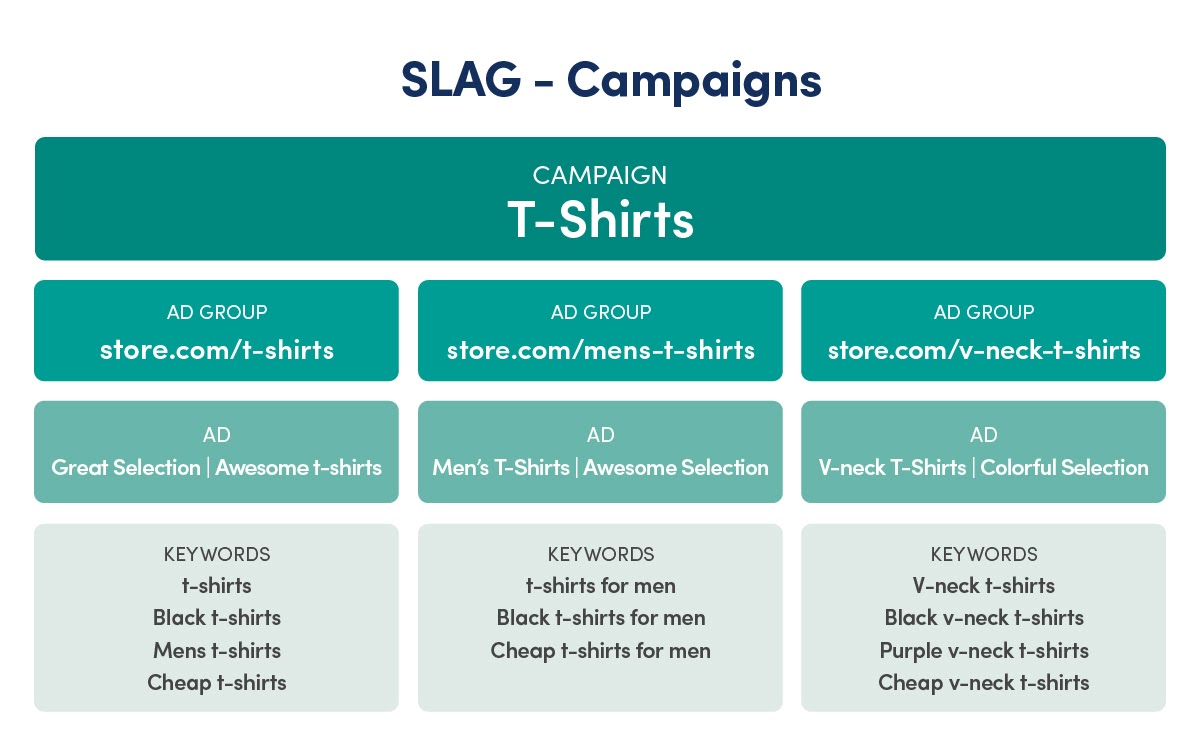
The drawbacks we’ve found with this structure are that we still find better CTRs when search terms match the ad copy.
However, we have seen it work well for DTC businesses with a few products. Then performance becomes more about writing the best ads rather than getting the exact keyword in the ad.
Duplicate Keywords? Really?
Some people seem to take this idea literally and run duplicate keywords across the account. They believe it allows Smart Bidding to apply the right landing page (ad) to the right user depending on their profile (audience, device, search pattern, etc.).
I highly doubt that Google ads currently have this capability. Any positive results we’ve seen from this strategy is highly questionable. Anytime we had success, we continued to see results even after streamlining the duplicated keywords.
Therefore, success was likely despite the SLAG campaign structure rather than because of it.
Then, there is the whole thing about whether you are splitting your data across multiple keywords when you do this. Technically, Smart Bidding takes data from the entire account, so it should be able to aggregate the data from duplicated keywords. But I wouldn’t be so sure.
How would that even work when they run with different ads? That would mean the algorithm understands the differences between standalone keyword performance and keyword performance in combination with individual ads.
I doubt it. But it would be awesome.
What We Are Finding Successful
So, we still find success with “my” campaign structure.
It’s basically a simpler version of SKAGs.
I have gone into full detail in our article on campaign structure.
Here’s a visual example:
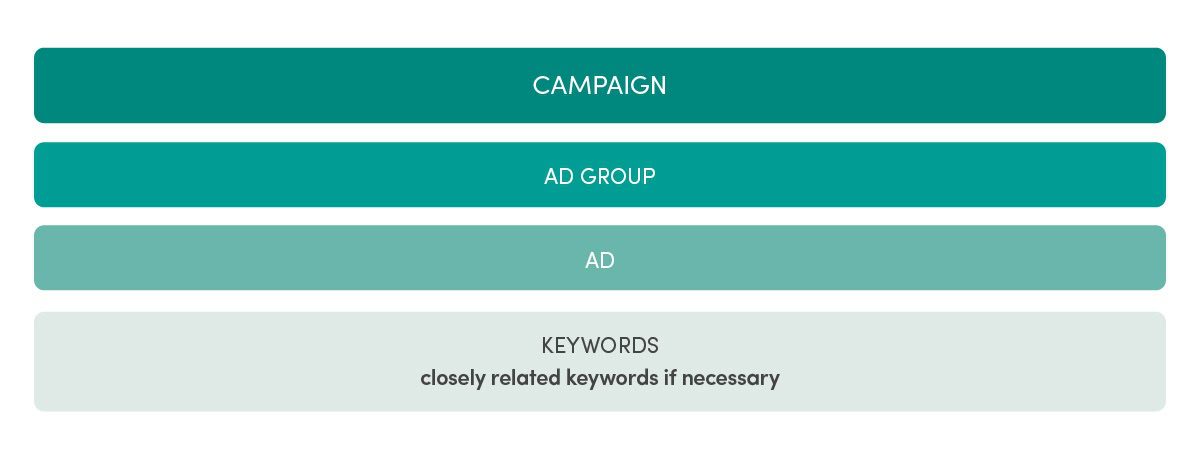
Here’s an example with headphones:
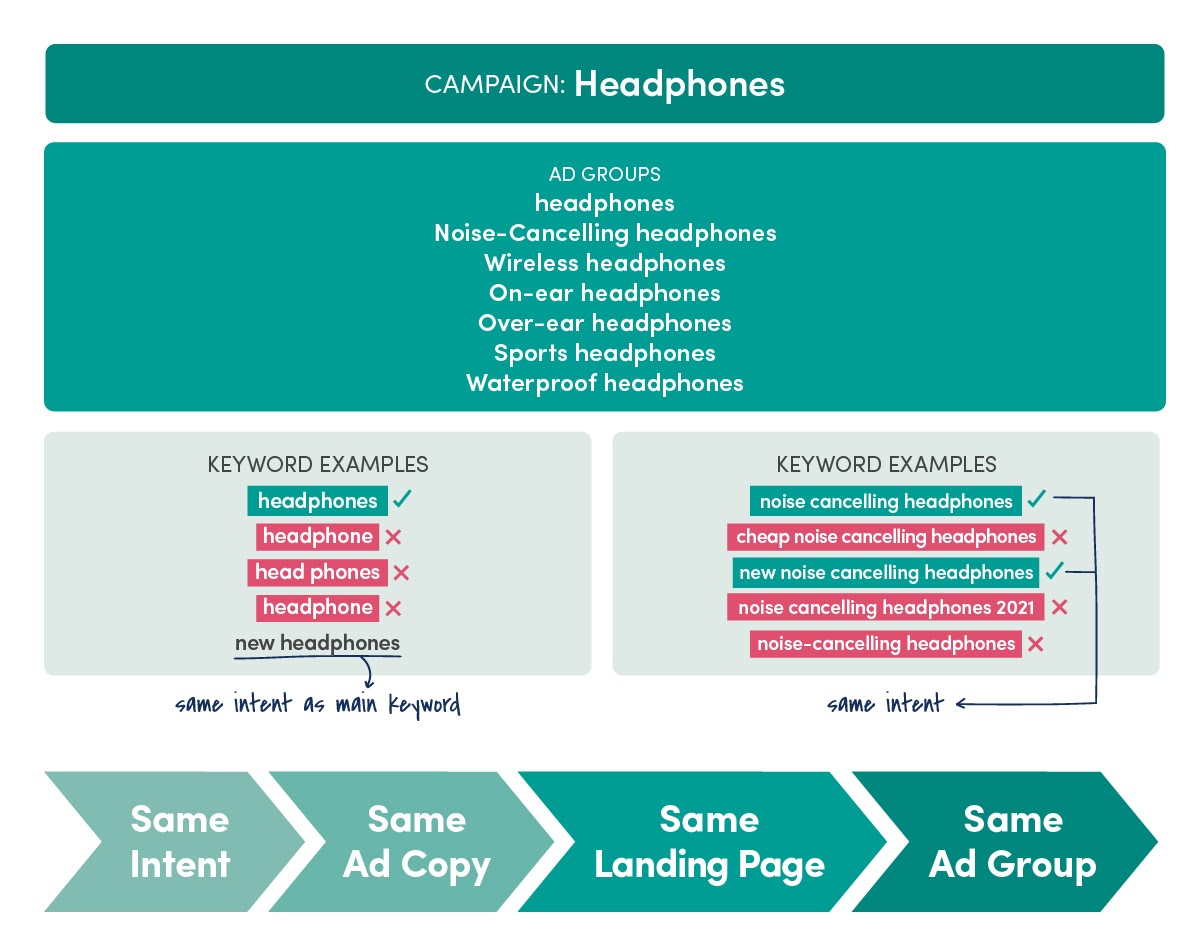
We don’t add:
- Keyword variations (such as plural/singular)
- Long-tail keywords without significant volume
The purpose is to simplify account structures. We believe that they will be complicated all by themselves for large e-commerce stores. We don’t need to do that for them.
The account structure functions as a way for you to analyze and optimize to improve performance.
Our recommendations are for e-commerce stores and are our default setup. There will be times when we go against this.
Sometimes, we go nuclear and get down to the nitty-gritty. And sometimes we go overly simple. Other times we need mobile-only campaigns.
It’s all about finding the right balance.
SKAGs and Feed-Based Search Ads Are Just Easier
Yes, you can create a SLAG structure or combine keywords in fewer ad groups while using feed-based Search ads.
But it’s a smidge extra work, with no extra benefit.
Having the same rule that creates the ad group, keyword, and ad at the same time works wonders.
One idea behind not creating SKAGs is that they take longer and overcomplicates accounts. I agree with that argument.
But as long as we run our accounts using feed-based setups, then it’s going to be just as easy to keep running our own interpretation of SKAGs.
Combine With Dynamic Search Ads
Dynamic Search Ads and large retail-style e-commerce stores work really well together.
The combination of having hundreds, if not thousands, of individual landing pages that Google matches up to unique search terms while presenting a unique ad is amazing.
And this is really where the best practices differ.
The fewer landing pages you have, the better broad match keywords will work for this need. In general, using broad matches allows you to write better ads than Dynamic Search Ads.
If you don’t have a lot of content on your website, then Dynamic Search Ads will also have a hard time matching your content with search terms.
Most often, Dynamic Search Ads is a great “fishing net” that you can cast wide instead of creating keywords for every single search.
In Conclusion, Should You Try New Search Structures?
Yes, definitely.
I can tell someone is getting behind on their Google Ads knowledge when I see that they are still setting up campaigns similar to those done five years ago:
- Device specific
- Match-type specific
- Inputting every single long-tail keyword SKAG style
Typically, this is combined with the account’s lack of overall strategy. It’s all technically correct, but the account has no marketing aspect.
As PPC marketers, and the necessity of being technically good decreases, we need to focus more on the marketing and strategy aspects of our job rather than depending on our technical knowledge of a platform.
The same happened with Facebook. The amount of granularity we used to run there seems insane today.
The same will most likely slowly occur with Google Ads as well.
So, be ready. It is coming. Be skeptical, but in a healthy way – and try new things.

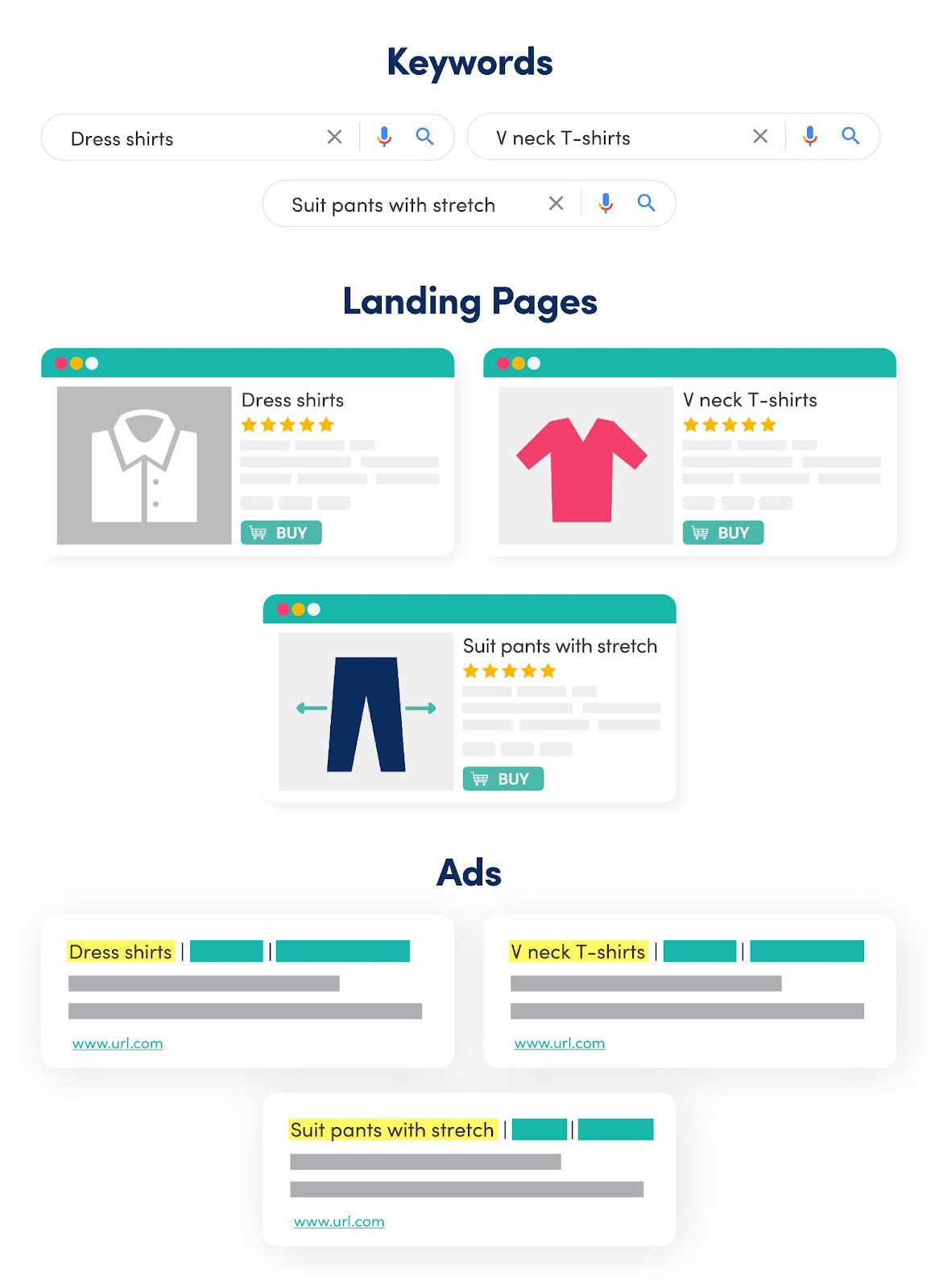
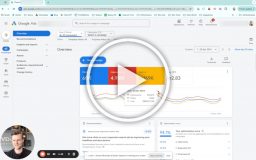




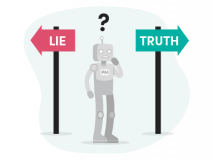
2 thoughts on “The Future of Campaign Structures: Why We Have to Renew Our Thinking”
Wow. Great Read. Thnx!
Loved this article! For a PPC nerd lime, trying to figure out the best campaign structure it’s always fun 🙂 Good to know I am running something similar to my Brazilian clients.